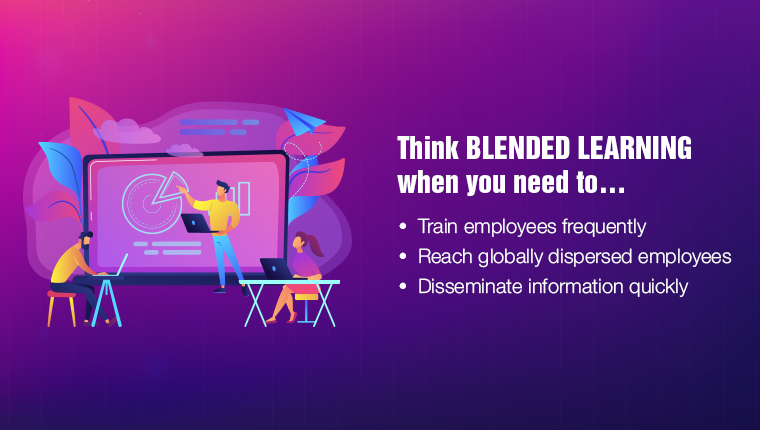7 Ways to Transform Classroom Training to Engaging Online Learning
Learner engagement is of utmost importance in online learning for employee training! Want to know how to boost it? Read on to explore

Are you a corporate Learning and Development (L&D) professional looking to revamp your online learning content for increased engagement and effectiveness? This blog is for you! In the write up, we will explore some innovative strategies and tools that can transform your traditional training materials into captivating, interactive online learning experiences.
Engagement fuels success in online learning.
Engagement is important because, it:
- Motivates learners.
- Enhances comprehension.
- Drives achievement.
Strategies and Tools to Boost Engagement in Online Learning
1. Gamification: Level Up Engagement in Online Learning

Online learning can sometimes feel isolated, but gamification can change that. By incorporating game elements like points, levels, leaderboards, and badges into your online courses, you can tap into your learners' competitive spirit and drive motivation. Tools like Kahoot, Slido, or Quizzes are perfect for making online learning more enjoyable and interactive. Consider creating Kahoot questions to inject some fun and competition into your virtual courses. Training managers can have their own question decks ready to use whenever needed, boosting engagement among online participants.
2. Virtual Reality (VR): Immersive Online Learning

Online learning can be a bit disconnected from the real world, but Virtual Reality (VR) can bridge that gap. Even if full VR headsets aren't accessible, you can create immersive 360-degree video-based learning initiatives accessible through web browsers. Imagine training employees on complex tasks like home inspections or safety protocols in an engaging, virtual environment. This approach allows online learners to navigate and interact with the virtual environment, enhancing their understanding and retention.
3. Augmented Reality (AR): Realistic Online Learning
Augmented Reality (AR) can make online learning more realistic and engaging. You can use 3D and AR models to demonstrate concepts or simulate real-world scenarios. For instance, in pest control online training, you can use AR to showcase different pests and their characteristics. By clicking on an image with their phones, online learners can trigger an AR experience, allowing them to examine virtual specimens from all angles. This approach not only makes online learning more engaging but also ensures that employees can identify and address real-world issues effectively.
→ Download Now: Instructional Design Strategies for Engaging eLearning Modules [Free eBook]
4. Low-Tech Solutions for Online Learning: Balancing Engagement
Online learning doesn't always have to be high-tech. Low-tech solutions like scavenger hunts and off-camera activities can break the monotony of virtual training. For example, in online equipment training, combine online lectures with practical tasks that online learners can perform in their environment. Tasks such as pesticide label scavenger hunts or taking pictures of specific objects during home inspections encourage online participants to get up, move around, and actively engage with the content.
5. Personal Connection in Online Learning: Humanizing Virtual Learning
Maintaining a personal connection with online learners is vital in virtual settings. Arrange virtual events where technical or safety experts can interact with online participants. This not only provides valuable insights but also fosters a sense of belonging to the organization. In a remote world, these connections are crucial for online employee engagement and development.
6. Brain Breaks in Online Learning: Refreshing Focus
Continuous screen time during online learning can lead to fatigue. Incorporate short, refreshing breaks into your virtual sessions. Encourage online participants to stand up, stretch, or even dance briefly to recharge their energy. These brain breaks help maintain focus and motivation throughout online training.
7. Participant Handouts: Catering to Different Learning Styles in Online Learning
While digital materials are prevalent in online learning, don't forget about online participants who prefer paper. Many online learners still find taking notes on physical handouts helpful. Provide participant guides or handouts for reference, note-taking, or doodling, acknowledging various online learning styles.
Summing Up
In summary, to redesign online learning for greater engagement, blend innovative tech and smart strategies. Gamification, VR, AR, low-tech solutions, and personal connections make learning dynamic. Careful integration ensures your programs exceed online learners' expectations in a virtual setting.
Ready to enhance your eLearning courses with effective instructional design strategies? Explore our comprehensive eBook on "Instructional Design Strategies" to create engaging and impactful online learning experiences.





